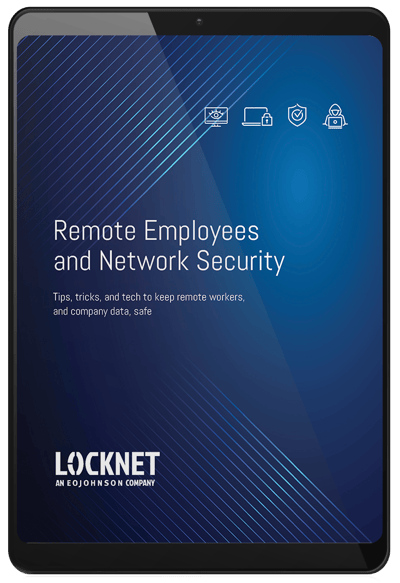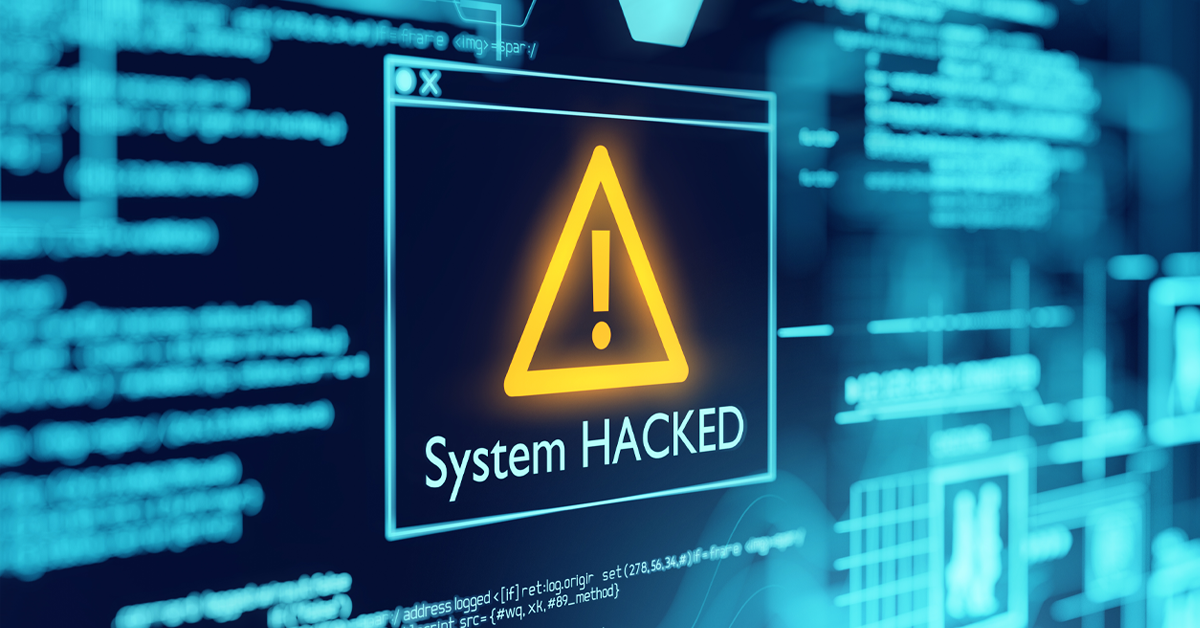Protecting kids online
This week we are wrapping up our back-to-school series on online safety with a summary of the keys to keeping kids safe online. It’s a goal that doesn’t fall on students alone, but instead takes the help of teachers, parents, and other adults to encourage smart decisions about technology use. Today’s children are digital natives, meaning they have grown up in the information age and technology is an integral part of their everyday lives. We all need to support their responsible use of digital resources to raise good digital citizens.
Four Key Areas You Need to Know
Technology is going to continue to evolve, but there are four key areas parents, educators, and other adults can focus on to help kids stay safe online today.
Educate about digital citizenship. Students have access to more information, entertainment, and people than previous generations could even imagine. Digital citizenship is about acting responsibly online. Being a good digital citizen means knowing what is right and wrong, exhibiting intelligent technology behavior, and making good choices when online.
Being a good digital citizen is mostly about the fundamental golden rule of treating people how you’d like to be treated – in real life and in digital life. Respecting others online is also key to preventing cyberbullying.
Protect their digital footprint. Part of being a good digital citizen is understanding the digital footprint we leave online. While a lot of what we see online can seem fleeting like a snap that is gone just a few minutes later, the digital world is permanent. With each post, kids are creating a digital footprint or digital tattoo. A digital footprint is the trail of information that exists online about each person’s activity. Here are some key things kids need to know about their digital footprints:
- They are permanent, and once something is public (or semi-public like a Facebook post), we have little control over how others may use it.
- A digital footprint can determine a person’s digital reputation, which is now considered as important as their offline reputation.
- Employers, colleges, and universities can check someone’s digital footprint, especially social media, before making acceptance or hiring decisions.
- Words and photos posted online can be altered or misinterpreted.
- Content that was meant to be private can spread to a broader audience.
- Cybercriminals can phish for account access or create false identities based on someone’s data.
Be smart about apps, social media, and gaming. New apps are introduced all the time, and it’s hard for parents and educators to keep up with what kids are using to connect. Most provide kids with some level of positive social engagement, but many can also have downsides that should be understood. Brush up on social media 101 and do some social media research so you understand what kids are using. There are even secret apps now. If you find kids are trying to use secret apps to hide content and messages, it might be time to revisit the conversation about being a good digital citizen and understanding their digital footprint. It’s also important to educate on the privacy settings of the apps they use to socialize. Review their “friends” lists with them to remove those they don’t know, don’t trust, or are involved in cyberbullying.
For many kids, online gaming is a fun way to connect with friends. Online games can be played via computers, consoles, mobile devices, and social media sites. But not all games are appropriate for all ages. Many games are rated by the Entertainment Software Rating Boards. It’s important for both adults and kids to understand the ratings and discuss what is considered appropriate, as it may vary by family. Some key reminders for kids with online gaming include keeping personal information secret, using strong passwords on gaming accounts, and creating a safe gamer name that doesn’t reveal personal information.
Safeguard their identity and privacy. It’s important to adhere to good cybersecurity practices. Identity theft continues to be one of the fastest-growing crimes. Technology makes it easier for kids to meet people, exchange money through apps, and share personal information. A strong password is one of the best ways to protect someone’s online identity. Make sure kids are using a unique password for each account and not sharing them with others. Mobile devices should always have the latest security updates. Today’s kids are accustomed to clicking their way through the day, so they especially need to learn the risks of clicking on unknown links and websites.
Final thoughts
We are wrapping up our back-to-school online safety series, but technology will continue to evolve and the need to support and educate kids regarding digital citizenship will remain. For today’s kids, technology is a seamless aspect of everything they do – from learning to socializing to having fun. Parents and educators can support this effort by encouraging kids to use technology to positively participate in educational, social, and economic activities. Help kids respect the concepts of privacy, respect, and freedom of speech in the digital world so they can learn to relate to others online in meaningful and rewarding ways. It’s up to us as adults to be good digital role models and mentors.









